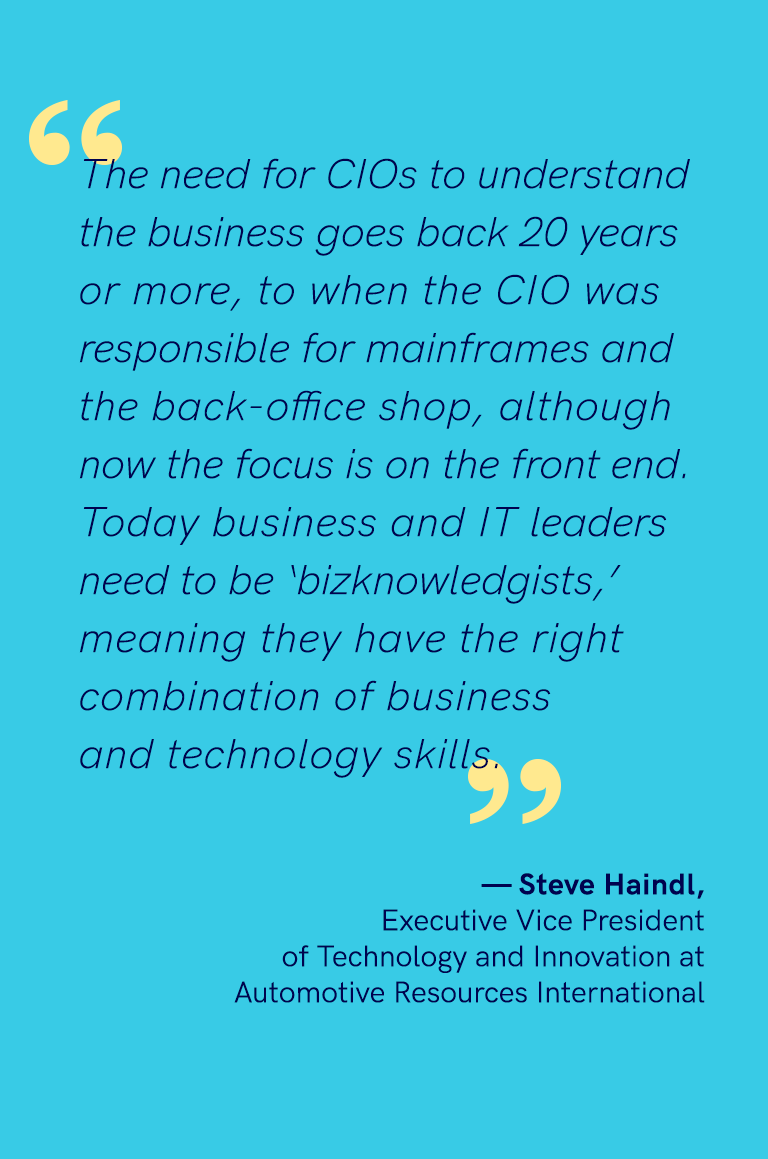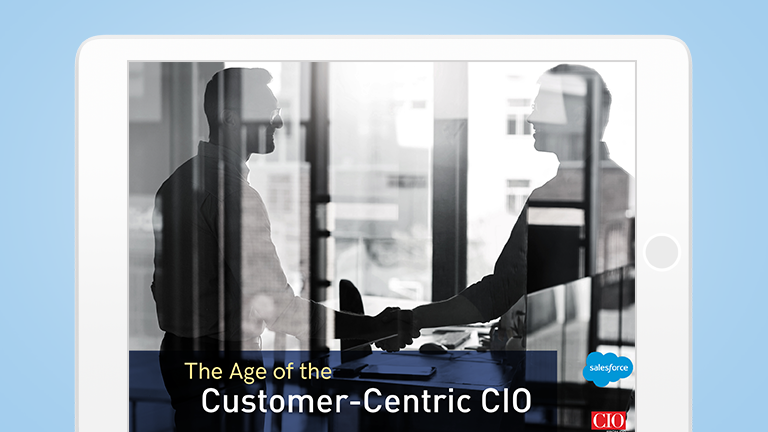The Age of the
Customer-Centric CIO


CIO.com delivers the latest tech news, analysis, how-to, blogs, and video for IT professionals.
Chapter 5: Balancing Digital Innovation and Operational Excellence
Digital transformation and the customer-centric agenda present a unique opportunity for CIOs to command a strategic leadership role. However, there are also significant obstacles along the way, not the least of which is juggling the competing demands for innovation and operational excellence. As CIOs immerse themselves in the customer mind-set and attempt to translate revelations into innovative products and services, they also need to ensure that the day-to-day operational IT needs of the organization are being met.
This delicate balancing act means that CIOs need to look beyond the allure of platforms touting AI, machine learning, and other state-of-the-art capabilities to carefully consider the basics, including advanced security protections, ease of access, integration capabilities, and manageability. The right technology foundation will meld a unified customer view with automation technologies that ease the IT management and support burden, freeing CIOs and their IT organizations to focus on value-added innovation.
The Bottom Line
As companies shift digital transformation efforts into high gear, the product-centric strategies that defined traditional business are giving way to a new era of fulfilling customer needs and nurturing long-standing, high-value relationships.
Key to the paradigm shift is enabling a unified customer view that transcends all areas of the business. Having such a 360-degree picture that encompasses customer transactions and interactions enables all areas of the business to garner intelligent insights; these can be used to drive personalized experiences, create efficiencies, and proactively problem-solve well before the customer even recognizes there’s an issue.
CIOs are in a unique position to help their organization navigate the changes. By championing new technologies, coalescing around a unified customer platform, and recalibrating IT organizations, CIOs can steer organizations to a more competitive future and be the chief architects for customer-centric success.
Want to read the full report?
The Age of the Customer-Centric CIO
overview
Chapter 1
Chapter 2
Chapter 3
Chapter 4
Chapter 5
Want to read the full report?
Questions? We’ll put you on the right path.







